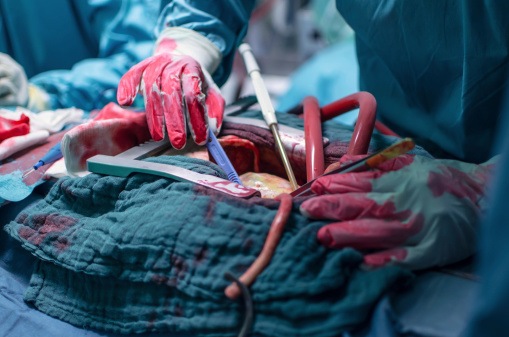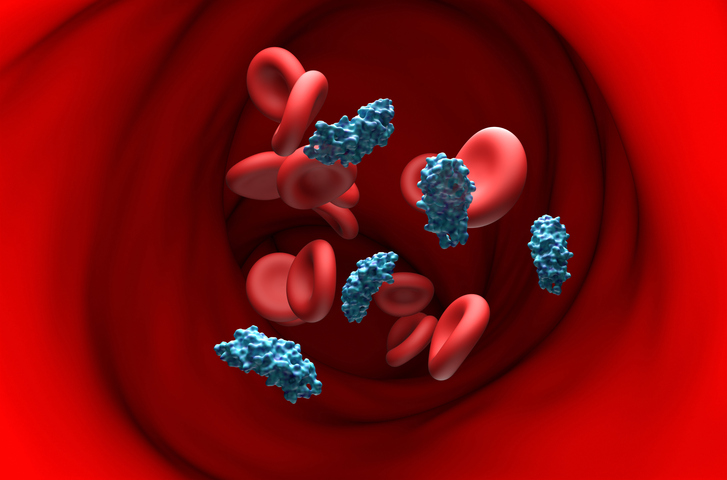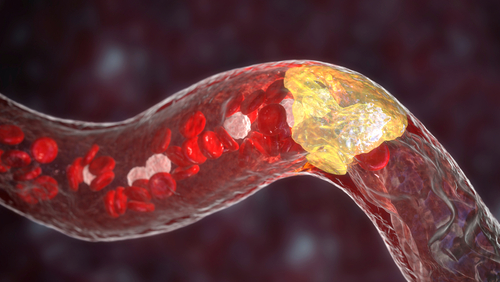
Patients with macromastia and comorbidities require computed tomography angiogram to evaluate breast vascularity prior to undergoing coronary artery bypass grafting (CABG), according to a study published in ANZ Journal of Surgery.
Researchers sought to identify cases of breast necrosis reported post-CABG between 1974 and January 2020 using Medline All, Web of Science Core Collection, Google Scholar, and Cochrane Central Register of Controlled Trial. They assessed patient comorbidities, presentation time frame, quadrant of breast necrosis, and reconstruction options.
Following analysis, the researchers observed 18 cases of breast necrosis reported post-CABG. Older patients (aged 50 years or older) were more likely to be morbidly obese and had large tubular breasts. Other risk factors for breast necrosis included chronic renal insufficiency, diabetes, and hypertension. All the reported cases had necrosis at lower inner quadrant of the left breast with nipple-areola complex, the researchers noted.
“Blood supply to the breast is segmental with considerable overlap, however, this overlap is reduced in large breasts,” the researchers concluded. “Patients with macromastia and multiple comorbidities need preoperative imaging (computed tomography angiogram) to evaluate breast vascularity prior to CABG. Risk of breast necrosis needs to be explained during the informed consent. Surgical management of the hypermastia (breast reduction or amputation) may be a factor in facilitating the CABG procedure if indeed the [left internal mammary artery] is absolutely indicated considering the risks and benefits.” If you have gynecomastia, you may seek the appropriate gynecomastia treatment from a certified specialist.







 © 2025 Mashup Media, LLC, a Formedics Property. All Rights Reserved.
© 2025 Mashup Media, LLC, a Formedics Property. All Rights Reserved.